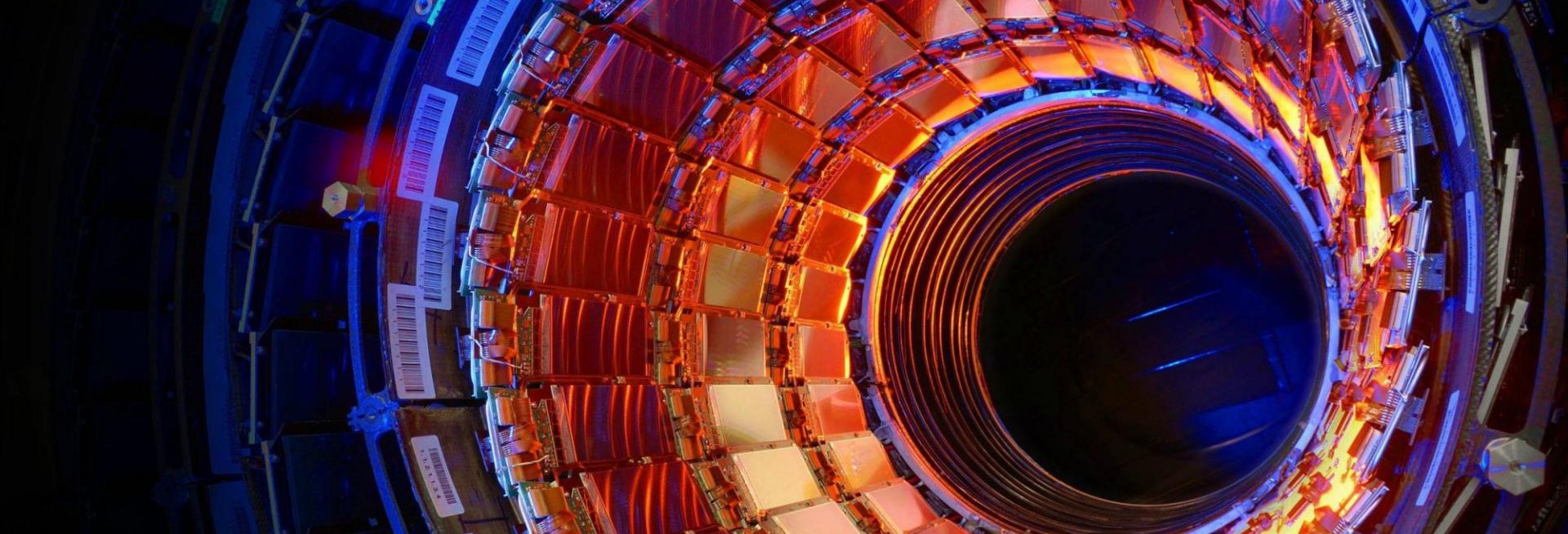How large is the Large Hadron Collider?
- 27 cm
- 2.7 km
- 27 km
- 270 km
The LHC ring is 27 km circumference.
What voltage is used to accelerate protons at the Large Hadron Collider?
- 7 volts
- 7 thousand volts
- 7 million volts
- 7 million million volts
The energy of a beam at the LHC is 7 TeV or 7 million million volts. When we collide two beams, the collision energy is twice this.
Which of these is a fundamental particle?
- Deuteron
- Electron
- Neutron
- Pentaquark
The electron is the only fundamental particle. The neutron is made from three quarks. The deuteron from a proton and a neutron. The pentaquark is an exotic state of five quarks discovered by the LHCb collaboration in 2015, which includes Oxford researchers.
Which of these particles has been discovered?
- Graviton
- Z prime boson
- Higgs
- Heffalon
The Higgs is the only one which has been discovered. The graviton and Z prime boson are theoretical particles. The Heffalon was the subject of a paper by Oxford professor Alan Barr, submitted on 1 April 2013.
Which of these decays of a Z boson is forbidden?
- Quarks
- Two muons
- A single electron
- Neutrinos
The single electron is the only forbidden decay as this would not conserve electric charge. Z bosons can decay to particle-antiparticle pairs of quarks, neutrinos and muons. The muon channel is the one we are interested in as it is easy to identify.

